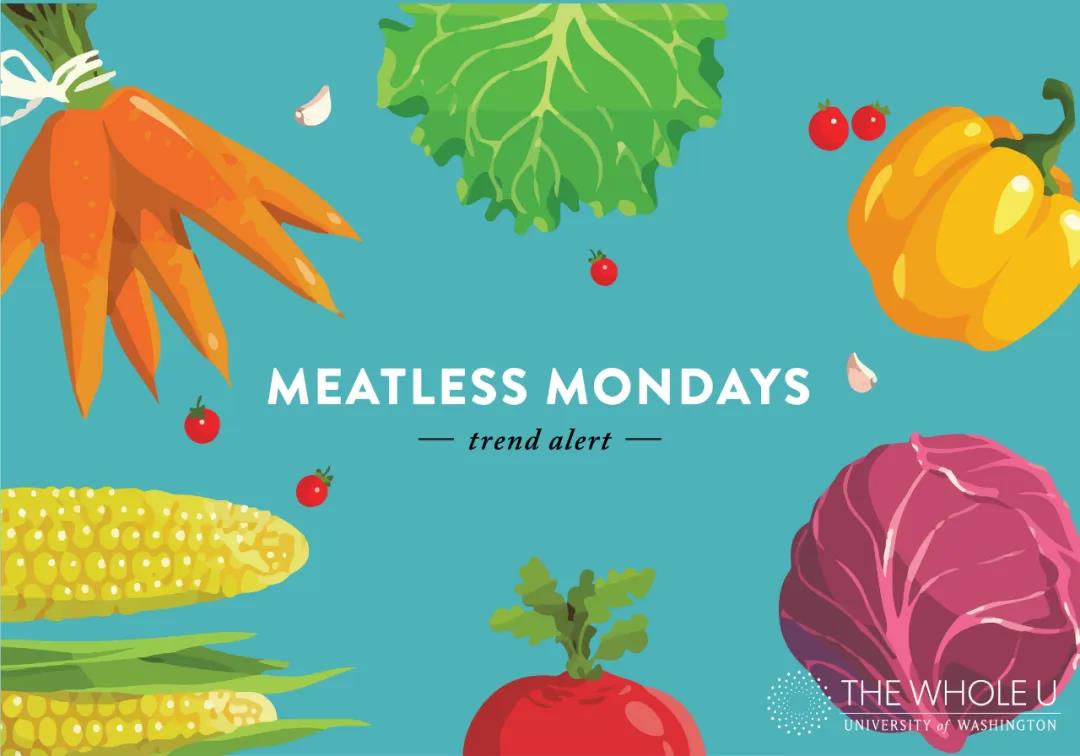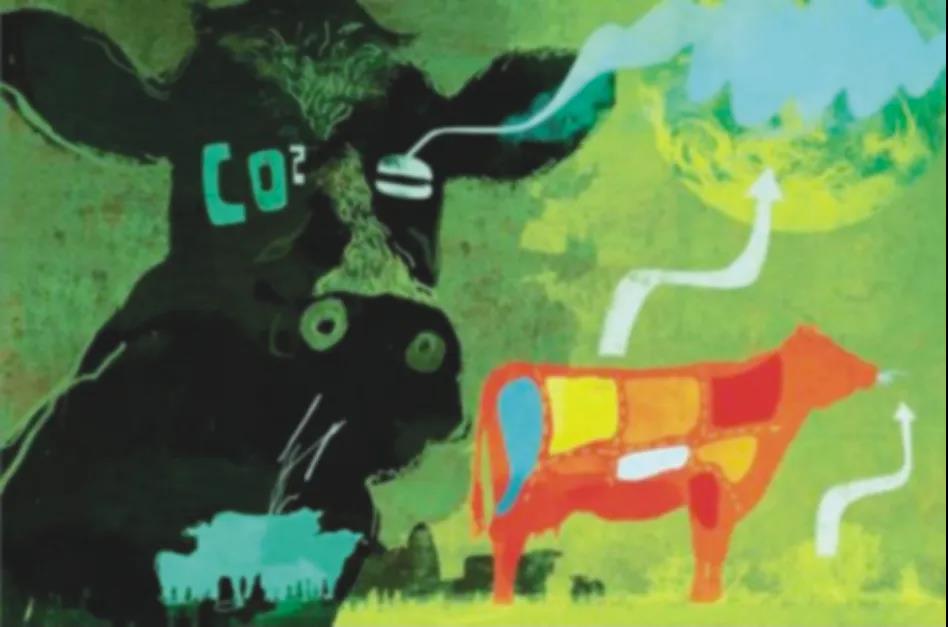Abstract: Cultural norms and land use patterns in
the United States have led to serious health and environmental problems. The
author proposes to restructure the existing built environment to promote
cycling, walking and public transportation, reducing the intensity of carbon
dioxide emissions by transport sector, and improving residents' health.
Secondly, efficient land use and urban design can increase the walkability and
attractiveness of the community. At the same time, it is necessary to use
economic tools to internalize the social and environmental costs of car travel,
thereby promoting the shift to eco mobility. In addition, reassessing dietary
habits can help make both people and planet health. In short, policy
initiatives or consumer choices to reduce car use and meat consumption will
have substantial benefits for the climate and for individuals’ health. To
achieve the goal of sustainable development requires each of us to shift to a
low-carbon, green and healthy lifestyle.
Keywords: land use, walking, public transport, dietary habits, healthy people, healthy
planet
Cultural norms and land use patterns in the United
States have led to obesity rates at epidemic proportions and a changing climate
that threatens catastrophic damage to environments and livelihoods. Sedentary
work environments, the rise in vehicle-miles traveled, and meat-heavy diets
contribute to the collective decline in health; today, 68% of Americans are
overweight or obese.1 Meanwhile the rate of climate change is
increasing, with negative impacts to the environment and society, due in part
to carbon dioxide emissions from vehicles, methane emissions from livestock
production, and nitrogen emissions from fertilizer use. Encouraging
transit-oriented communities and vegetable-rich diets will mitigate climate
change and improve human health. Recognizing the significant co-benefits of
policy strategies for both health and climate protection is essential to
addressing these societal challenges in a coordinated, cost-effective manner.

Restructuring the built environment to promote
biking, walking and public transit will decrease the carbon intensity of
transportation and improve the fitness of residents. In 2006, transportation
contributed about 29% of total U.S. greenhouse gas emissions.2 Furthermore,
the transportation sector accounts for 47% of the net increase in total U.S.
greenhouse gas emissions since 1990, making it the most rapidly growing source.3 Passenger
cars, light trucks and motorcycles constitute 62% of the emissions from the
transportation sector,4 so decreasing their prevalence and promoting
public transit will result in a net reduction of carbon dioxide emissions from
the transportation sector.
Global farm animals produce at least 13 billion tons of waste every day, contaminating soil and rivers, and exacerbating global warming
Efficient land use and urban design can increase
accessibility with less vehicle travel, and make communities more socially
attractive by valuing walkability. Communities with pedestrian-oriented
infrastructure reap economic benefits, as homeowners are willing to pay 20%
more for houses in walkable neighborhoods,5 tourists are drawn to
walkable districts with shops, theaters and restaurants, and retailers benefit
from a mobile consumer base. Communities
that are designed with safe and appealing pedestrian corridors will enable
residents to access their homes, offices, schools, libraries and stores without
relying on fossil-fuel driven vehicles. The health benefits of walking more and
driving less are apparent: clinical studies have shown that walking 30 minutes
every day can prevent weight gain that would otherwise result from inactivity.6
Bike to school - Danish national cycling promotion activity
In addition to smart growth development policies,
economic tools can achieve a shift in cultural norms away from cars and towards
walkability. Economic policies that internalize the societal costs of
carbon-intensive transportation can more accurately reflect the price of
fossil-fuel driven vehicles. For example, including the external costs of air
pollution, traffic congestion and greenhouse gas emissions (which are borne by
society rather than the direct consumer) in the financial cost of driving a car
can spur a reduction in vehicle miles traveled. The price of a car culture can
be further adjusted to include healthcare costs associated with obesity, which
were estimated to be $147 billion in 2008.7A combination of economic
incentives to drive less, and an urban design that encourages walking more, can
result in healthier people and a healthier planet.

Health and climate gains can also be made by
reassessing dietary habits. Annual meat consumption in the United States has
risen from 89.3 kg per capita in 1962 to 124.8 kg per capita forty years later.8 Livestock production requires substantial inputs of land, water and fertilizer,
and results in high greenhouse gas emissions. According to a 2006 report by the United Nations’ Food and Agriculture
Organization, livestock production contributes an estimated 18% of total
anthropogenic greenhouse gas emissions worldwide.9 A controversial
Worldwatch Institute analysis from December 2009 concludes that direct and
indirect greenhouse gas emissions from livestock are in fact much higher, at
51% of total annual emissions.10
In either case, meat is an inefficient converter of
the energy from fossil fuels. The energy required to produce meat (to clear
land, to drive tractors, to create fertilizers, to grow grain, to pump water,
etc) is much greater than the physical energy gained by eating meat. In other
words, one would do better to eat plants that directly convert the sun’s energy
into calories, rather than eat meat from an animal that has already converted
the energy once, inefficiently. According to an analysis by Cornell ecologist David Pimentel, “chicken
meat production consumes energy in a 4:1 ratio to protein output, [and] beef
cattle production requires an energy input to protein output ratio of 54:1.”11 The amount of fossil-fuel energy required to produce meat is more than eight
times that required to grow plants, and this additional energy creates
significantly more greenhouse gas emissions.
Eating 1 kg of beef is equivalent to driving 70 kilometers
Furthermore, the health benefits of a diet lower in
meat are plentiful. Protein from beans and nuts lack the saturated fat found in
red meat that contributes to high cholesterol and cardiovascular disease.
Fruits and vegetables that are rich in fiber curb hunger and reduce obesity,
and fruits and vegetables rich in certain phytochemicals can reduce the risk of
cancer. Eating less meat can improve longevity and fight diabetes. For these
and other reasons, the growing Meatless Monday12movement is encouraging
schools, hospitals and individuals to eliminate meat from the menu one day a
week for the sake of the climate and human health.

Policy initiatives or consumer choices to reduce
car use and meat consumption will have substantial benefits for the climate and
for individuals’ health. Even better, these gains can be realized without
cumbersome international climate negotiations; local governments can serve as
testing grounds for sustainability measures. Cities and states can make great strides in climate protection and in
encouraging healthy behavior by promoting pedestrian infrastructure and public
transit options, and by forgoing meat a few times a week. It’s a win-win for
the health of people and the planet.
References
1. Flegal, Katherine M. et al., "Prevalence and
Trends in Obesity Among US Adults, 1999-2008," 13 January 2010.
2. U.S. Environmental Protection Agency,
"Transportation and Climate," 26 March 2010.
3. U.S. Environmental Protection Agency,
"Transportation and Climate," 26 March 2010.
4. U.S. Environmental Protection Agency,
"Emission Facts: Calculating Emissions of Greenhouse Gases: Key Facts
andFigures," 24 November 2009.
5. Valuing The New Urbanism,The Impact of the New
Urbanism on Prices of Single-Family Homes, Mark J. Eppli
and Charles C. Tu, 1999, Urban Land Institute.
6. Slentz,
Cris A. et al., "Effects of the
Amount of Exercise on Body Weight, Body Composition, and Measures of Central
Obesity," 12 January
7. Finkelstein, Eric A. et al., "Annual Medical
Spending Attributable To Obesity: Payer-And Service-Specific Estimates,"
27 July 2009; Medical News Today, "Obesity Healthcare Costs US 147 Billion
Dollars A Year, New Study," 28 July 2009.
8. World Resources Institute, "Earth Trends:
Environmental Information."
9. Food and Agriculture Organization of the United
Nations, "Livestock's Long Shadow," 2006.
10. Goodland, Robert and Jeff Anhang, "Livestock
and Climate Change," November 2009.
11. Pimentel, David, "U.S. could feed 800 million
people with grain that livestock eat, Cornell ecologist advises animal
scientists," 7 August 1997.
12. The Monday Campaigns, "About Meatless
Monday," 2010.
(This article was contributed by Corinne Kisner,
Sustainability Fellow, National League of Cities, 2010)










